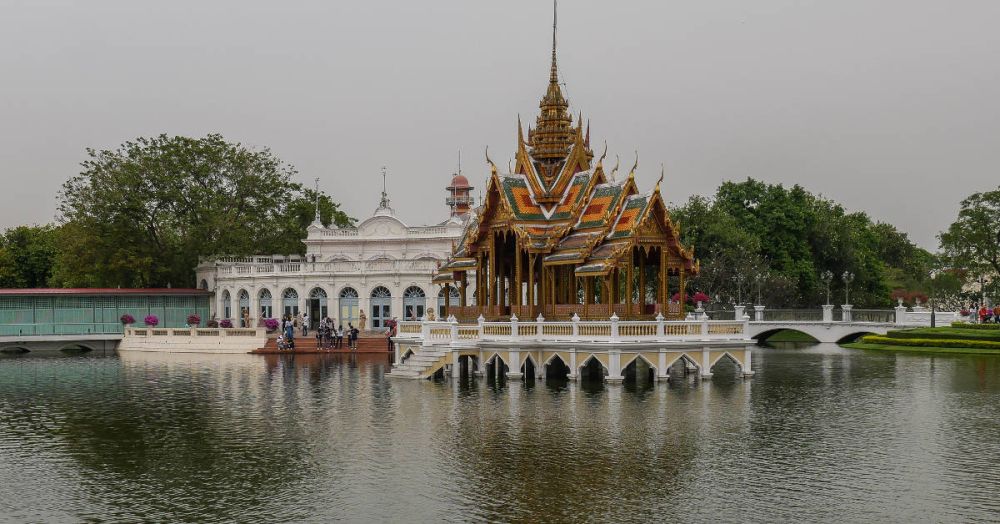

Ayutthaya, once the magnificent capital of the Thai kingdom from 1350 to 1767, is a city steeped in history and architectural wonder. The Royal Palace Ayutthaya, also known as the Grand Palace, was the opulent residence of Thai kings and a center of administration during the Ayutthaya period.
The fall of Ayutthaya to Burmese invaders in 1767 marked a significant loss of Thai art, culture, and historical records. However, the ruins left behind stirred curiosity and fascination among locals and foreigners alike. By the late 19th century, Ayutthaya started to attract visitors from different parts of the world, intrigued by its rich history and the remnants of its past glory.
Initially, tourism in Ayutthaya was primarily driven by the privileged few who could afford to travel. However, after Thailand's railways connected Ayutthaya to Bangkok in 1897, the region became more accessible, and tourism began to flourish. Among the most compelling sites for tourists was the Royal Palace Ayutthaya, representing the ancient kingdom's sophistication and power.
In 1976, the Ayutthaya Historical Park was established, making conservation efforts more systematic and providing a framework for maintaining and promoting the area's historic sites. Recognized as a UNESCO World Heritage Site in 1991, Ayutthaya's importance on the global stage was solidified, attracting historians, archaeologists, and tourists.
In recent years, Ayutthaya has embraced sustainable tourism, offering experiences that are respectful of the local culture and environment. Today's visitors seek immersive experiences, opting for guided tours that explain the historical context of the ruins, and enjoying traditional riverboat rides along the Chao Phraya River to view the majestic remnants of the Royal Palace from the water.
Additionally, the proliferation of social media has created a new trend where travelers are keen on capturing the picturesque ruins and sharing their experiences online, further boosting the city's appeal. The local government and private sectors also collaborate on various festivals and events throughout the year that celebrate the history and culture of Ayutthaya.
Visitors exploring the Royal Palace Ayutthaya can behold structures such as the Wat Phra Si Sanphet, which served as the royal temple and housed a 16-meter tall Buddha covered in 340 kg of gold, and the Viharn Phra Mongkol Bopit, which contains one of the largest bronze Buddhas in Thailand. The site allows tourists to envisage the grandeur and spirit of the Ayutthaya Kingdom.
The Royal Palace Ayutthaya stands as a testament to the rich historical fabric of Thailand. As tourism trends evolve, Ayutthaya continues to adapt, ensuring that this ancient city remains a vibrant and educational destination for visitors from across the globe.